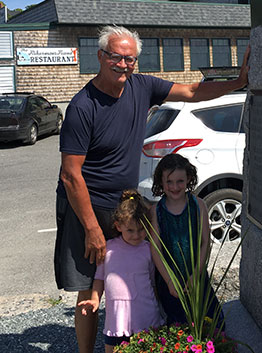Under the banner of “religious liberty,” christian/evangelical nationalists do a lot of “unchristian” things. They have become a ruthless opponent of a secular, democratic, and egalitarian state. This term the Supreme Court will make decisions that could well expand the “rights” and facilitate the aims of this very undemocratic political bloc in the language of, you guessed it, “religious liberty.”
The suggestion that the progressive/left wing in the Democratic Party is the “Squad,” plus Bernie and a couple of other Congressional Democrats is factually wrong and politically counterproductive. It’s small circle thinking – a mode of thinking that still is found on the left even though reality doesn’t treat it kindly.
The resistance to vaccines by tens of millions of Americans reflects, among other things, a weak sense of social and human solidarity. And, I guess, that should come as no surprise. Social and human solidarity is anything but a continuous and definitive thread in the country’s history.
Any notion of a cross class coalition against white nationalist authoritarianism – the MAGA crowd – that doesn’t include vigorous support for the many positive initiatives of the Biden administration and Congressional Democrats – first and foremost, the Reconciliation bill – is vacuous. It is an empty abstraction, devoid of the politics of this moment and what it will take to win at the midterm elections next year and then two years later. (Preparing a longer article on this subject)
Last night progressive democrats, which is a very sizable and politically savvy caucus in the Democratic Party, decided that a bird in the hand isn’t worth “two in the bush.” Their action creates tension within the party and is a bit of a gamble for sure, but democracies if they are going to be viable and slay the dragons of white nationalist, plutocratic authoritarianism have to make a difference in people’s everyday lives.
And the Reconciliation bill, even if a compromise is struck (and that is almost a certainty) does that in significant and novel ways, while revealing at the same time the anti-democratic, class, and racist disposition of the Republican Party.



